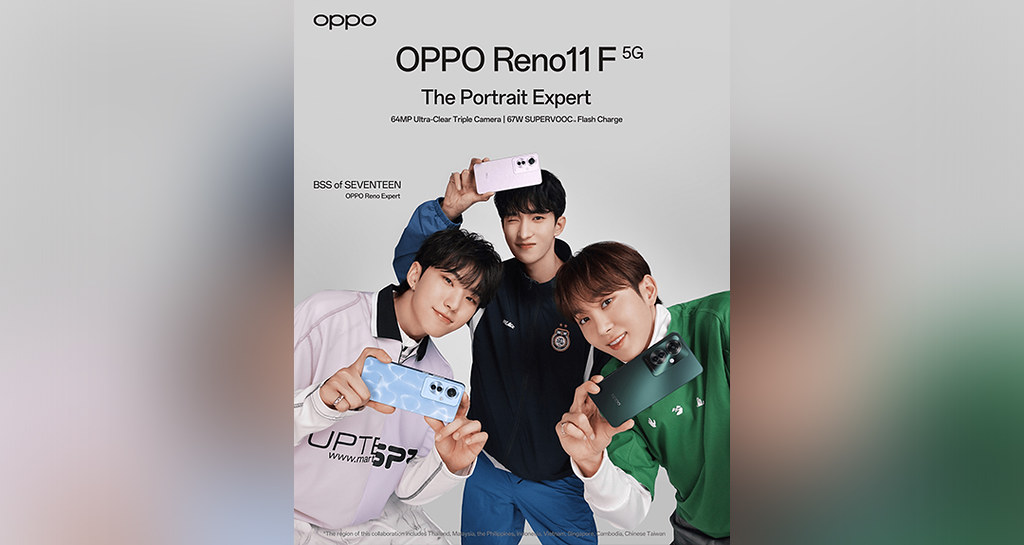On February 5, I was treated to a special product immersion by Harman in the JBL Sound Gallery located at Bonifacio High Street. It was a very intimate affair with just a couple of people from Harman and a few members of the media. We were presented and given to quickly test several of the new products from the Harman Group, including JBL, Harman/Kardon, AKG, and Denon. It wasn’t enough for a thorough test of the products that we usually do here. It was more of a quick jog around while its different features were being presented to us. But we were treated to so many products that I had to divide this article into three smaller bits. I was lucky enough to have my iPod at the occasion to test the audio quality of the ones I could test, namely the headphones. Here’s a rundown and a quick test of the smaller and more portable products:
JBL Synchros E-Series
Quick tip: when a product is affixed with the letter “e,” expect something different and unique from the usual. We’ve already tested the JBL Synchros S300i back in our very first issue. The E-Series is an evolution from the previous iterations. No wires! The E-Series are wireless and can connect to devices via Bluetooth. We were given the E40BT model. With 50mm drivers and a range of 10 Hz to 24 kHz, they promise clarity and precision. I tested them with Deodato’s rendition of Also Sprach Zarathustra. The E40BT delivers on its promise, giving off sound that’s clear, precise, and thoroughly fleshed out. They’re charged by connecting them to a 3.5mm jack to USB cable. They can also be connected through a 3.5mm cable to resume the music once the battery’s gone, which is promised to be a lengthy 18 hours. The great “e” feature of the E-Series is the ShareMe feature. Working like a cable splitter, two pairs of E-Series headphones can share the same music by connecting one pair to the other. We tested the feature and we found no distortion from device to device. My only quip is that they tend to leak at high volumes. Too much sharing, perhaps? They are currently on-ear but an over-ear version will be released in the future. They cost P5,290. Not bad.
AKG Y50
My personal favorite is the AKG Y50. Even with smaller 40mm drivers, the pair delivers a range of 16 Hz to 24 kHz, adequate enough for the same Also Sprach Zarathustra rendition. The ear cups were very comfortable. Even if they are on-ear, they sat cosily on my ears without mangling them. I wonder if they will with longer use. They can be folded and stored in a pouch easily, perfect for mobile use. The current designs are stylish, coming in black, yellow, teal, and red. I’m a bit ambivalent about AKG’s move from a rugged, professional design to one that’s more stylish and hip. Regardless, the Y50’s design is pleasant and it has the superb sound quality to back up its stylishness. They cost P4,990. Again, not bad.
Harman/Kardon Soho Wireless
This was a special preview of a new product from Harman’s shelves. The Soho are an old pair coming from a few years ago, but the Wireless version is something else entirely. As the name suggests, this pair is wireless and can be connected via Bluetooth. Another main feature added to this version is an invisible swipe-based control pad on the right ear cup. With swipes and taps, it can switch tracks and pause/play. However, I had a hard time with the touch sensor. It didn’t respond to my touch initially. It had to be disconnected and reconnected with the device it was connected to.
Harman/Kardon Esquire
The premium portable speaker that doubles as a powerbank. These portable speakers look very much like a large wallet, accentuating the fact that they can be carried wherever in your pocket or in a handbag. The design looks very austere with its aluminum front and leather back. There is an inconspicuous button that flips into a stand at the back. Devices can connect via Bluetooth. The speaker can be recharged to give a promised eight hours of playtime. It has a built-in microphone which can be used to turn the device into a phone system. And as I said before, it can double as a powerbank because devices can connect via a USB port to recharge. It cost P7,995. A bit pricey, given the JBL alternative below with the same price.
JBL Charge 2
We’ve reviewed the first Charge before. Here’s the sequel. It doesn’t offer much more than the first iteration. But the first one was a great device already. The Charge 2 still has Bluetooth capabilities and can connect to devices using USB and AUX-in ports. It has a slightly higher range coming in at 75 Hz to 20 kHz. The battery is at a hefty 6,000 mAh, which promises 12 hours of playtime and enough power to charge other devices through the USB port. Calls could still be used with the device. We even tested the system when someone called the phone the speaker was connected at the time. It worked perfectly. Perhaps what’s new with the Charge 2 is the Social Mode. Similar to the ShareMe feature of the Synchros, Social Mode allows other people to connect to the same speaker, but through an agawan system. Anyone can take control just by playing the music from his or her phone. It costs the same as the Esquire: P7,995. But I’d still prefer the Charge 2 over the Esquire.
Stay tuned for the bigger toys!

















